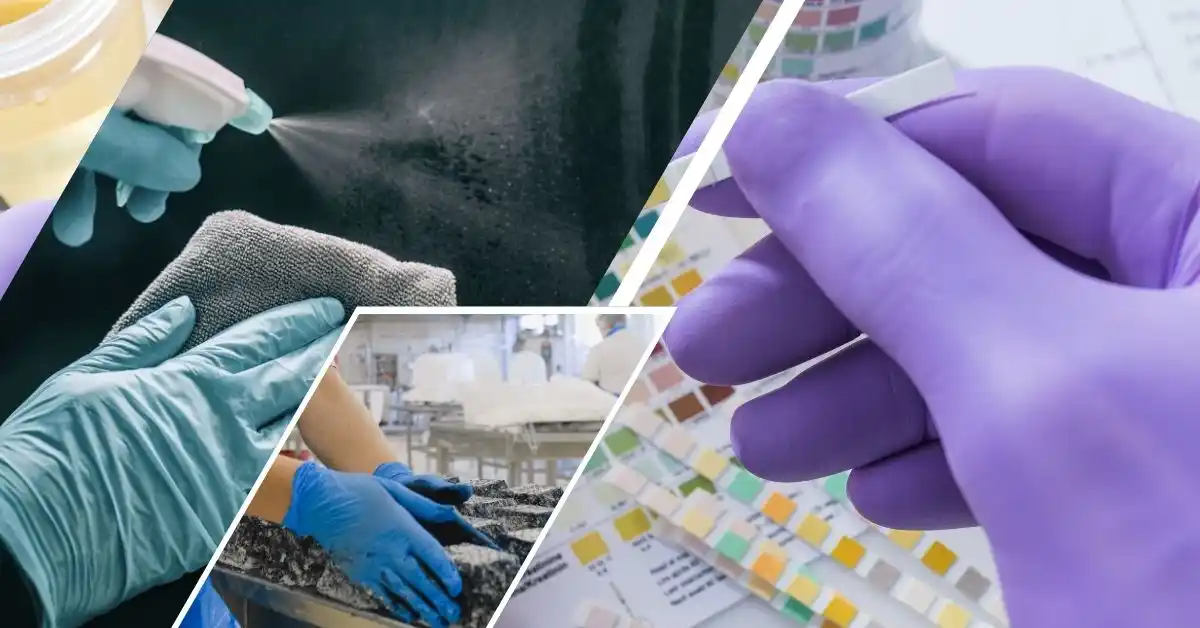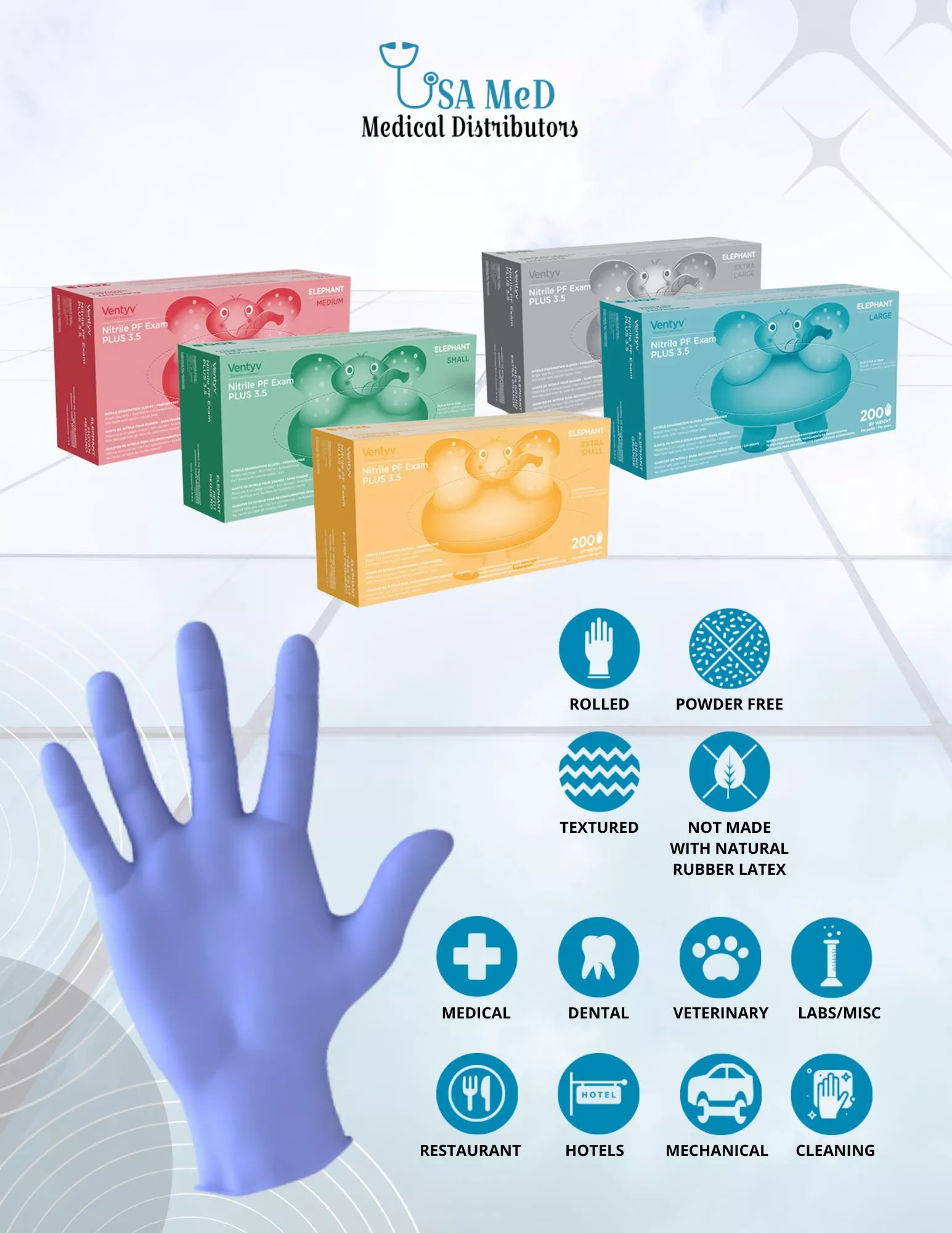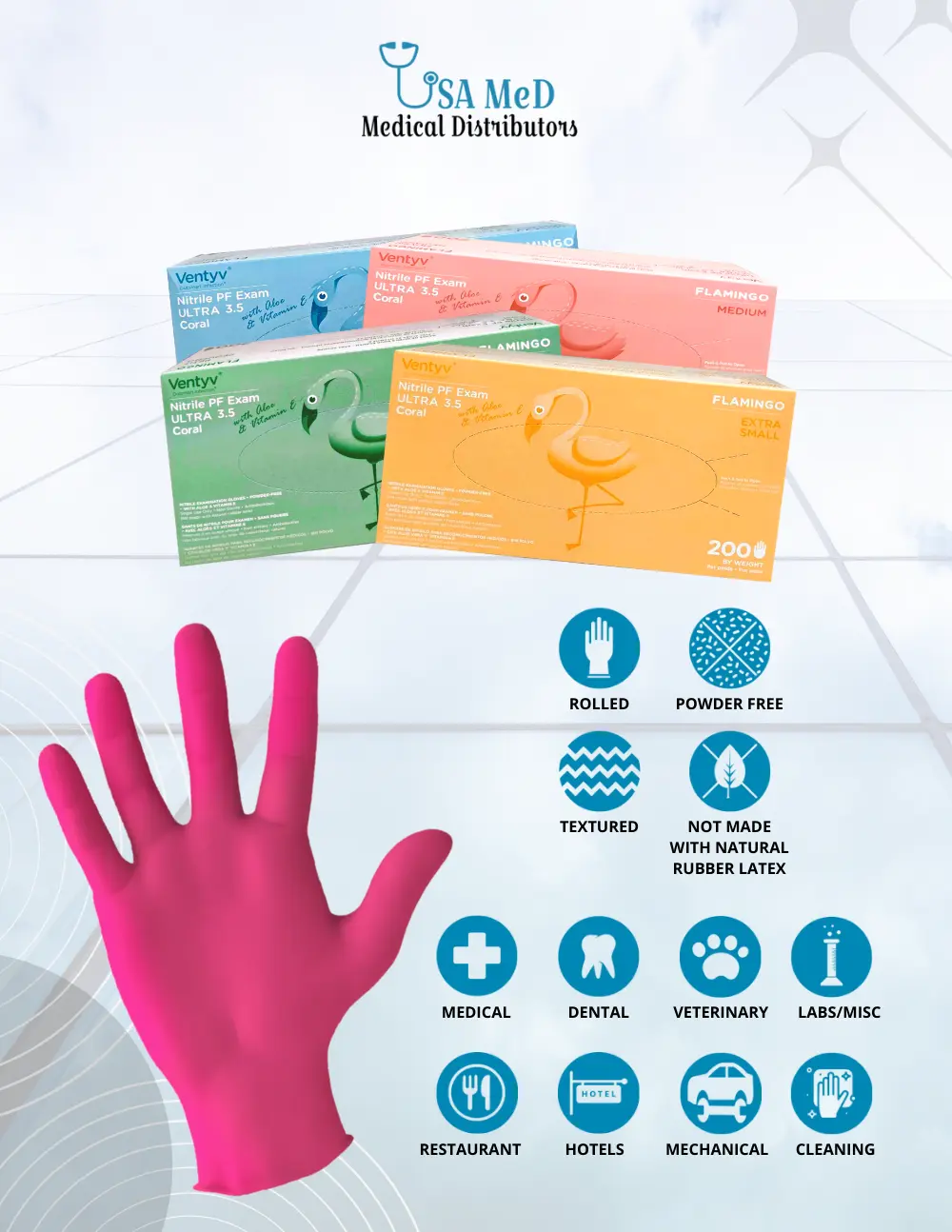
Do Medical Gloves Expire? Understanding Shelf Life and Safety
The Importance of Knowing Expiration Dates for Medical Gloves Understanding the expiration dates of medical gloves is crucial for ensuring safety and efficacy in healthcare


In the ever-evolving world of dentistry, one of the most important tools for ensuring the safety and hygiene of both patients and dental professionals is the dental exam glove. These gloves act as a protective barrier between the wearer and potential contaminants. It made them an essential part of any dental procedure. Over the years, there has been a significant shift in the type of material used to make these gloves. And with the rise of nitrile gloves, leading to a decline in the use of traditional latex gloves. In this article, we will explore the evolution of latex dental gloves to nitrile and the benefits they offer to both dentists and patients.
For decades, latex gloves were the go-to choice for dental procedures. These gloves were made from natural rubber latex and were highly elastic, providing a comfortable fit for dentists and hygienists. They were also durable, allowing for easy movement of fingers and hands during intricate procedures. Additionally, latex gloves were inexpensive compared to other materials, making them a popular choice among dentists.
However, with the increasing awareness of latex allergies, the use of these gloves started to decline. Many patients and dental professionals started experiencing adverse reactions to latex. Some of these are skin irritation, rashes, and even anaphylaxis in severe cases. As a result, the demand for an alternative material grew, leading to the introduction of nitrile gloves in the dental industry.
Nitrile gloves are made from a synthetic rubber compound that is latex-free, making them an ideal alternative for those with latex allergies. They have a higher resistance to punctures, tears, and chemicals, making them a more durable option compared to latex gloves. Additionally, nitrile gloves have a textured surface. It provides a better grip and tactile sensitivity, making them suitable for intricate dental procedures. They are also more comfortable to wear. They conform to the natural shape of the hand while maintaining their strength and elasticity.
One of the main benefits of nitrile gloves in dentistry is their superior resistance to punctures and tears. As dental professionals often deal with sharp instruments, the risk of accidental punctures is high. Nitrile gloves provide a higher level of protection, reducing the risk of infections and cross-contamination.
Additionally, nitrile gloves have a higher chemical resistance compared to latex gloves. This is especially important in dentistry, where various chemicals and disinfectants are used for sterilization and cleaning. The use of nitrile gloves ensures that these chemicals do not penetrate the gloves and come into contact with the wearer’s skin.
Moreover, nitrile gloves have a lower likelihood of causing skin irritations and allergies. This is beneficial not only for those with latex allergies but also for those with sensitive skin. With an increasing number of people reporting allergies to various substances, the switch to nitrile gloves has become imperative in the dental industry.
In conclusion, the evolution of latex dental gloves to nitrile has been a significant development in the field of dentistry. With nitrile gloves offering superior protection, durability, and comfort, they have become the preferred choice for dental professionals. The shift from latex to nitrile has not only improved the safety and hygiene of dental procedures but also ensured the comfort and well-being of both patients and dentists. When it comes to dental gloves, it is clear that nitrile has emerged as the clear winner in terms of safety, efficiency, and comfort.

The Importance of Knowing Expiration Dates for Medical Gloves Understanding the expiration dates of medical gloves is crucial for ensuring safety and efficacy in healthcare

Healthcare Professionals: The Primary Users of Nitrile Gloves In the realm of personal protective equipment (PPE), nitrile gloves stand out as a crucial component, particularly

Understanding Puncture Resistance: What It Is and Why You Need It Understanding puncture resistance is crucial for anyone who prioritizes safety in their work environment.

The Origins of Surgical Gloves: A Historical Overview The origins of surgical gloves can be traced back to a pivotal moment in medical history that

Why You Should Care About Hands Breaking Out from Gloves When it comes to personal protective equipment, gloves are often taken for granted. However, the
Driven by a passion for excellence, our mission is to consistently deliver the highest quality products at the most affordable prices. We aim to exceed customer expectations, creating value and trust.


Phone Number: (239) 266 -1290
Email Addresses:
sales@usamedicaldistributors.com
customercare@usamedicaldistributors.com
Mailing Address :
501 Goodlette, Frank Rd N A105, Naples, FL 34102
Copyright 2022 – 2024. USAMED Medical Distributors. All rights reserved.
Privacy Policy | Return and Refund Policy
| Website by M. Escober